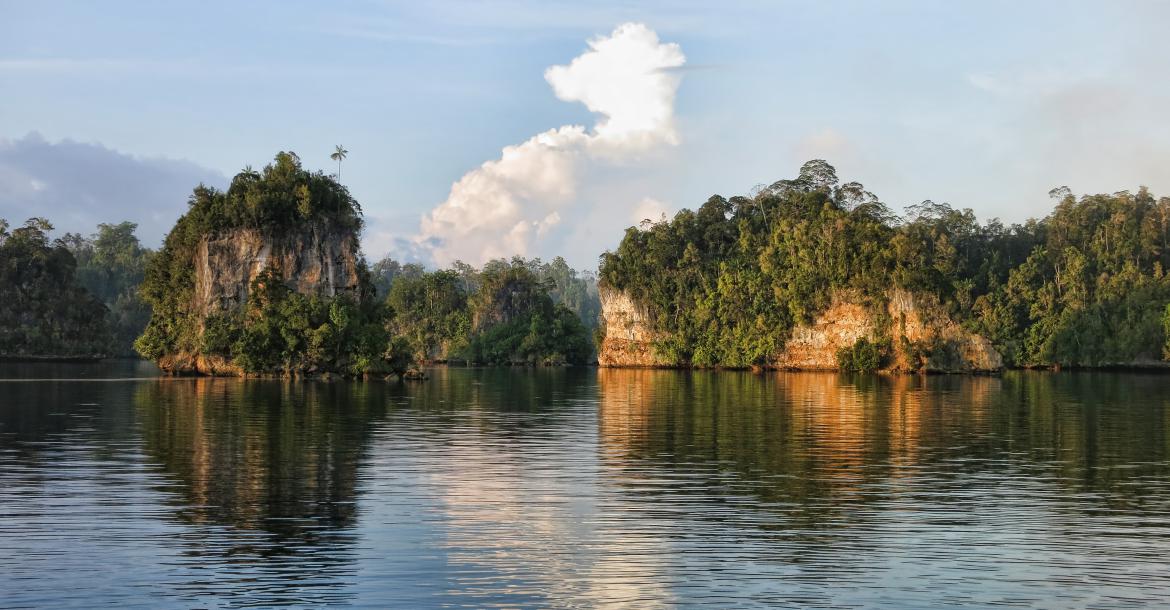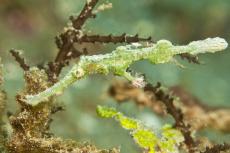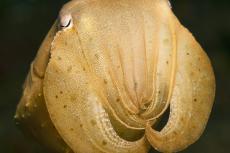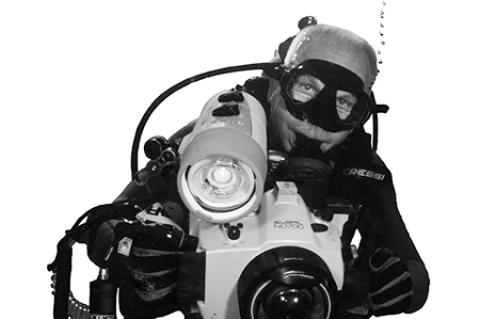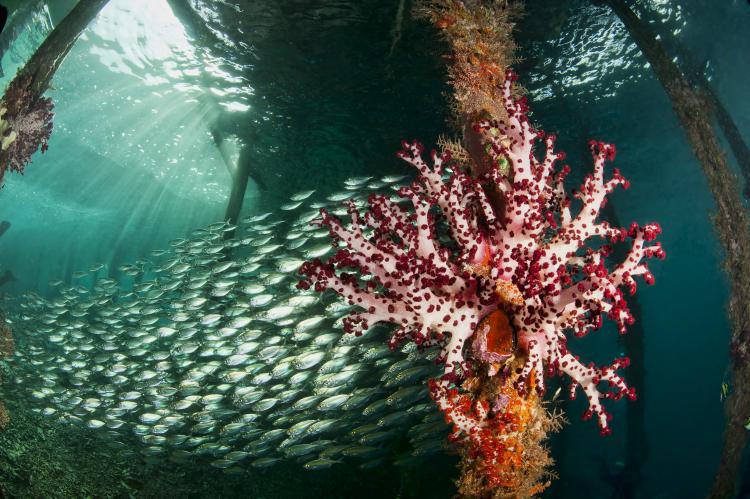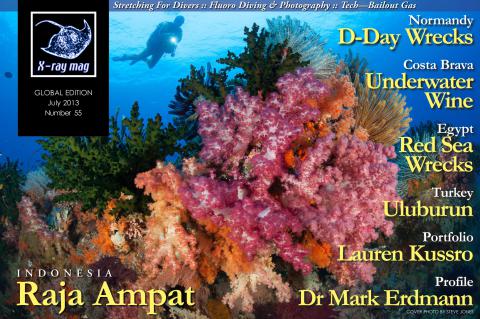Indonesia's Raja Ampat
Incredibly rich waters
Arus kencang are the words you need to listen out for—you will hear them in the rapid interchange between the dive guides and the boat boys, as they discuss the practicalities of safely immersing a group of “bule” (slang for foreigners) in the waters of Raja Ampat.
Arus kencang means strong current in Bahasa Indonesia, and the emphasis given to those two words will give you an instant insight into what awaits you below.
The incredible reefs and tremendous biodiversity of the Raja Ampat area have made this remote part of the Indonesian archipelago one of the hottest dive locations in the world, and those currents are the very lifeblood of the area. For they carry the rich nutrients from the deep basins of the Pacific Ocean to the northwest of Raja Ampat and have helped to create what are generally considered to be the finest coral reef ecosystems in the world.
The amazing biodiversity of the area, and the currents that flow through it, are two sides of the same coin, and a basic understanding of this mechanism is the key to truly enjoying one of the best diving experiences there is.
Location, location, location…
The remarkable landmass of New Guinea is the largest tropical island in the world, and it sits just below the equator along the southern rim of the “Ring of Fire”—the belt of volcanoes and tectonic plates that runs around the edge of the vast Pacific Ocean.
Divided by colonial legacy and cold-war geopolitics into two roughly equal halves, the eastern part of the island is the independent country of Papua New Guinea (PNG), while the western half, which is now generally known as West Papua, became part of Indonesia in 1969. Although occupying less than half of 1% of the Earth’s surface, the island contains up to ten percent of the planet’s species and is a veritable storehouse of biodiversity.
The waters that surround New Guinea offer some of the very best diving in the world, with PNG long-established as a diver’s Mecca, but it is Raja Ampat on the northwest tip of West Papua that has become the place to have in your logbook.
Just ten years ago, your choices were limited to one dive resort and a couple of liveaboards, but now there are several well established resorts and up to 50 boats operating in the area at the peak of the diving season.
Thanks to the excellent work of Conservation International, The Nature Conservancy and WWF-Indonesia a network of 12 marine protected areas (MPAs) have been established in West Papua to counter the impact of tourism and over-fishing. These marine protected areas cover an area of almost 3.6 million hectares, or 25 percent of Indonesia’s total national MPA coverage, and have played a major role in keeping the underwater environment in excellent overall condition.
More recently, in February 2013, the local government of Raja Ampat declared four million hectares of coastal and marine waters as a sanctuary for sharks, manta rays, dugongs, whales, dolphins and turtles—tacitly recognizing that these creatures are much more valuable alive than sold as by-catch.
The Four Kings
Raja Ampat means four kings in Bahasa, and the name comes from the local myth of a woman who finds seven eggs, four (ampat) of which hatch and become kings (rajas) and occupy four of the area’s biggest islands, whilst the other three become a ghost, a woman and a stone.
Those four islands are Waigeo, Salawati, Batanta and Misool are surrounded by about 1,500 smaller islands and about 40,000 squ km of water. Surveys of the area have identified over 600 species of hard coral, which is nearly 75 percent of the world’s total, and in excess of 1,700 species of reef fish—more than any other similarly-sized region on the planet. Raja Ampat truly is the global epicenter of marine biodiversity!
(...)
Download the full article ⬇︎
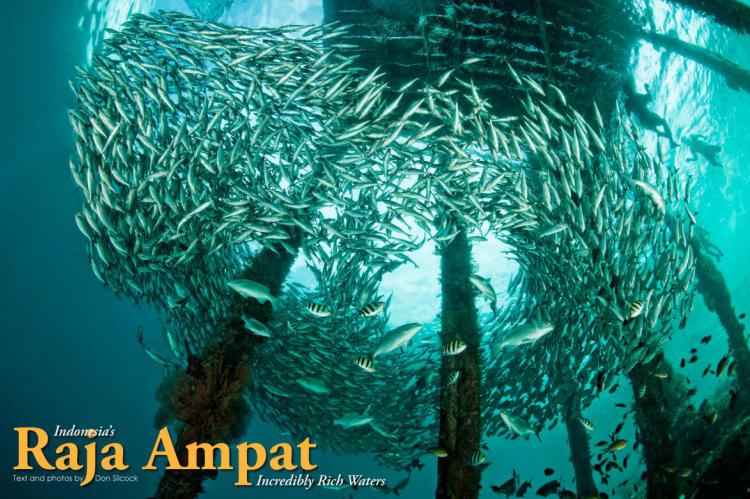
Originally published
X-Ray Mag #55
Indonesia's Raja Ampat; D-Day wrecks of Normandy; Costa Brava's underwater wine; Egypt's Red Sea wrecks; Turkey's Uluburun; Dr Mark Erdman profile; Tech: Bailout gas; Stretching for divers; Fluoro diving and photography; Lauren Kussro portfolio; Plus news and discoveries, equipment and training news, books and media, underwater photo and video equipment, turtle news, shark tales, whale tales and much more...



